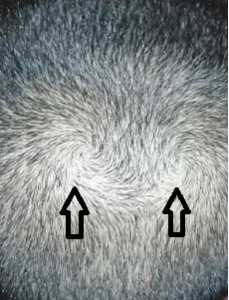Dear Dr. Rassman,
I’m a 28 year old male. About 6 months ago I was diagnosed with a rare pituitary condition called hyperprolactinemia. This disorder is genetic in my family, and mine is a very mild case. The treatment is a single half-dose of cabergoline (marketing name Dostinex) taken once a week.
Male pattern baldness also runs in my family and I’m starting to show thinning on the crown of my head. My dermatologist suggested I try the propecia/rogaine route. Since propecia affects the endocrine system I am a bit reluctant to take it without knowing more about possible side effects or interaction with the cabergoline. I don’t think it should and my dermatologist said she wasn’t aware of anything and I haven’t found anything about it on the web, but I wanted to get another opinion before I started propecia. I also read online that minoxidil from rogaine may have a side effect of increasing prolactin – the condition I have too much of. Do you know of any cases like this? If so, should I reconsider starting propecia, rogaine, or both?
Thanks!
At this point, it is very difficult to accurately assess the cause of your thinning hair. As far as I know, cabergoline does not have hair loss listed as a potential side effect, however, this does not mean that this drug can not cause this in you. Also, certain diseases / stresses to the body have also been known to cause hair loss. Lastly, as you have mentioned, male pattern baldness could be the cause of your thinning hair. You definitely need a miniaturization study to determine the extent and locations of most of your hair loss (i.e. does it correspond to MPB?).
There have been reports that minoxidil may be related to the development of hyperprolactinemia, definitely something you don’t need more of (see Drugs.com – Interactions between cabergoline and Minoxidil). The main point here should be that before you start any medication, whether it be Propecia or Rogaine, you should have a coordinated discussion between your physician that is treating you for the hyperprolactinemia and your dermatologist. To answer your question though, I haven’t read about Propecia (finasteride) and cabergoline interactions, but again, please discuss this with your prescribing physician.

